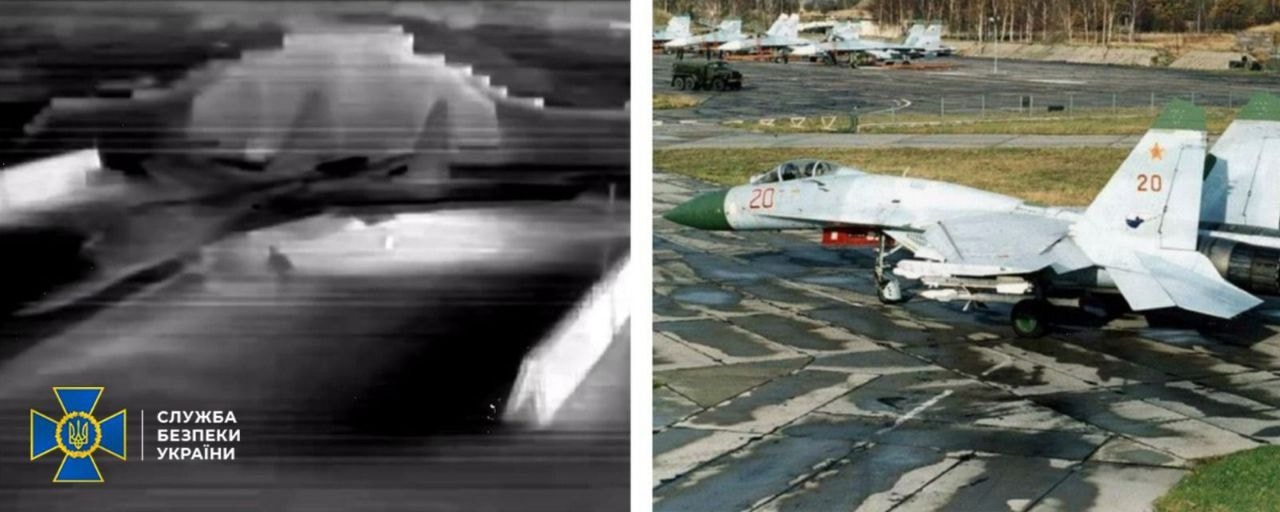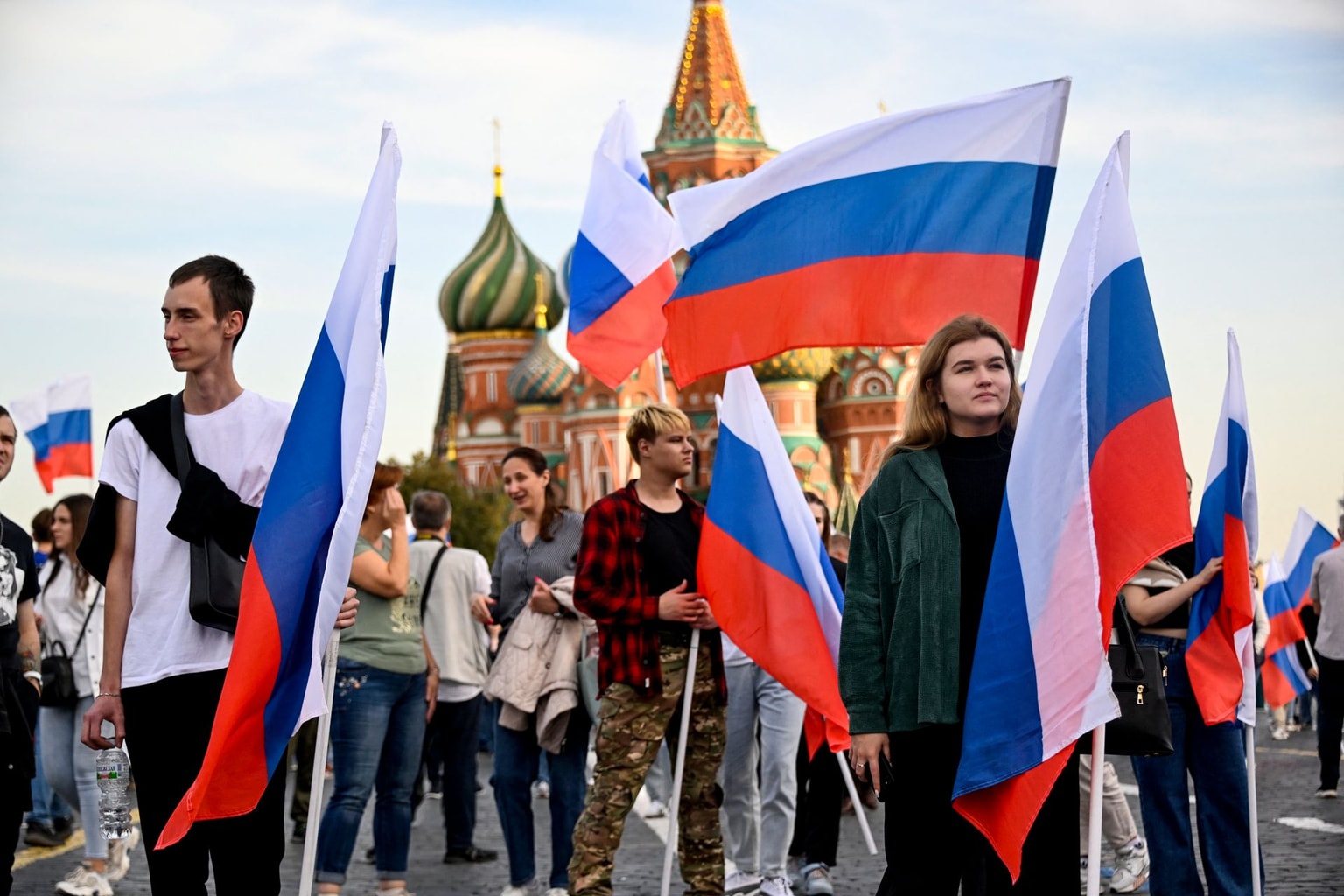‘We pushed and they collapsed’: How Ukraine liberated Kharkiv Oblast

VOVCHANSK, Kharkiv Oblast – Three months after its liberation, Vovchansk still bears the scars of Russia's seven-month-long occupation.
A small partly-destroyed concrete bridge leads into a town whose main road is now littered with charred vehicles turned upside down. The local police station, used by Russians as a torture chamber, is riddled with bullet holes.
The town, home to 20,000 people before the war, is now draped in a tense silence, broken only by the deadly hiss of incoming shells.
Vovchansk was one of the last Russian bastions to be liberated during Ukraine’s sweeping September counteroffensive. Andrii Nesmiyan, press officer of the 113th brigade who helped liberate the region, says Russians didn't put up much of a fight.
"We pushed, and they collapsed," Nesmiyan told the Kyiv Independent.
But three months after liberation, Vovchansk is still a battle zone.
And the Ukrainian flag on top of the town’s administrative building is no talisman against Russia’s artillery, constantly pounding the town from across the state border, located just three kilometers to the north.
Breaking Russia's lines of defense
Russia’s military, still largely based on the old Soviet model, made several missteps in the region, including stretching the front line over hundreds of kilometers, according to Nesmiyan.
Russian forces didn't take the time to build second or third lines of defense, Nesmiyan said, showing potential defense points in a deserted parking lot in front of a small rundown roadside restaurant near the front-line town.
"If I had to defend this place, I'd put someone on a high point for reconnaissance and snipers," he said. "I would dig here and there and prepare strong defensive lines behind my first one in case I need to defend this position."

According to Nesmiyan, Russian soldiers didn't take the time to put these basic measures in place.
As a result, Russian troops had difficulty moving equipment, which put them at risk of being spotted by Ukrainian reconnaissance units.
Ukraine also had eyes and ears on the ground, helping the country's artillery pound Russian troops, which thinned out their lines of defense.
Nesmiyan's brigade, part of Ukraine’s Territorial Defense Force, played a crucial role in helping the advance of the armed forces in the area. Most of the brigade’s soldiers are locals, which means they know the cities and villages they're fighting for. "We know all the back roads," he said. "We know where to dig."
The success of Ukraine’s blitz counteroffensive in Kharkiv Oblast was also rooted in the last eight years of active fighting in eastern Ukraine after Russia first invaded in 2014. Since then, Ukraine has not only gained combat experience but has undergone reforms in the defense sector, transitioning to NATO standards of warfare.
Dismantling the Soviet-like doctrine has paid off, Nesmiyan said.
In the Russian military, officers try to control every minor detail at the expense of flexibility and adaptation. Under the new standards in the Ukrainian military, every platoon and battalion has a clear objective, but the decision to achieve that goal is made on the ground in real-time.
"The decision you make depends on you and your skills," he said.
Nesmiyan also said Ukraine’s troops received substantial help from locals. However, being caught helping Ukraine often meant torture or death.
The liberation of Vovchansk revealed how Russians set up a torture center on the grounds of a massive plant where they rounded up Ukrainian war veterans and those they suspected of helping Ukraine.
"Every time we liberate a city, we're shocked (by what we see) because Russians don't respect the rules of war," he added.
read also

Russia set up a massive network of torture chambers in occupied territories of Kharkiv and Kherson oblasts, using police stations, plants, and even private basements to torture locals by the hundreds. Their primary targets were Ukrainian veterans and civilians seen as Ukrainian patriots.
In October, investigators found 22 such sites in the Kharkiv Oblast and nine in the Kherson Oblast after Ukrainian troops liberated the area.
Continued hardship
Continued Russian shelling has made life in Vovchansk unbearable for its residents. Roughly 7,000 residents have stayed behind in the town, out of the pre-war population of 20,000, according to local authorities.
In early November, seven people were injured when Russian shells landed in a residential neighborhood, destroying four homes.
The most recent Russian shelling happened on Nov. 26, targeting residential buildings and shops. No one was injured that time, Kharkiv Oblast Governor Oleh Syniehubov said.
The cold winter only adds to the hardship Vovchansk’s residents are facing.
Russian shelling damaged the main gas pipeline that provides gas for the city, Serhiy Lobodenko, the head of the district administration, told Ukrainian media Suspilne back in October.

It's impossible to fix the pipeline under the near-constant shelling, forcing residents to rely on wood stoves to survive the subzero temperatures.
Residents mainly need firewood, wood stoves, generators, building material for roofs, and materials to cover broken windows. Still, it's hard to bring goods into the town on the heavily damaged or destroyed roads.
And getting wood from nearby forests is out of the question as Russians’ landmines are scattered throughout them.
An hour upon arriving in Vovchansk, the Kyiv Independent’s team and accompanying press officer got under Russian fire, with one mortar shell landing as close as 20 meters from the car. The team took shelter at the Ukrainian troops' base nearby.
Shortly after, the medics’ walkie-talkies crackled, announcing that two elderly women had been hit by shelling in a nearby house and needed help.
As the team was leaving Vovchansk, a call came in: Both women had died from their wounds. Nesmiyan sat in silence for a bit, reflecting upon the news.
"It's always like the first time," he sighed.
Note from the author:
Bonsoir, this is Alexander Query, thank you for reading this story.
Ukraine is my second home, and I consider it an honor to bring you the latest from what’s happening on the ground here. I’m incredibly lucky to have been working with the Kyiv Independent team since day to bring you the latest news and in-depth articles to understand the situation here.
Whenever you feel like the news is overwhelming, don’t forget that you can make a difference. Support us on Patreon.










